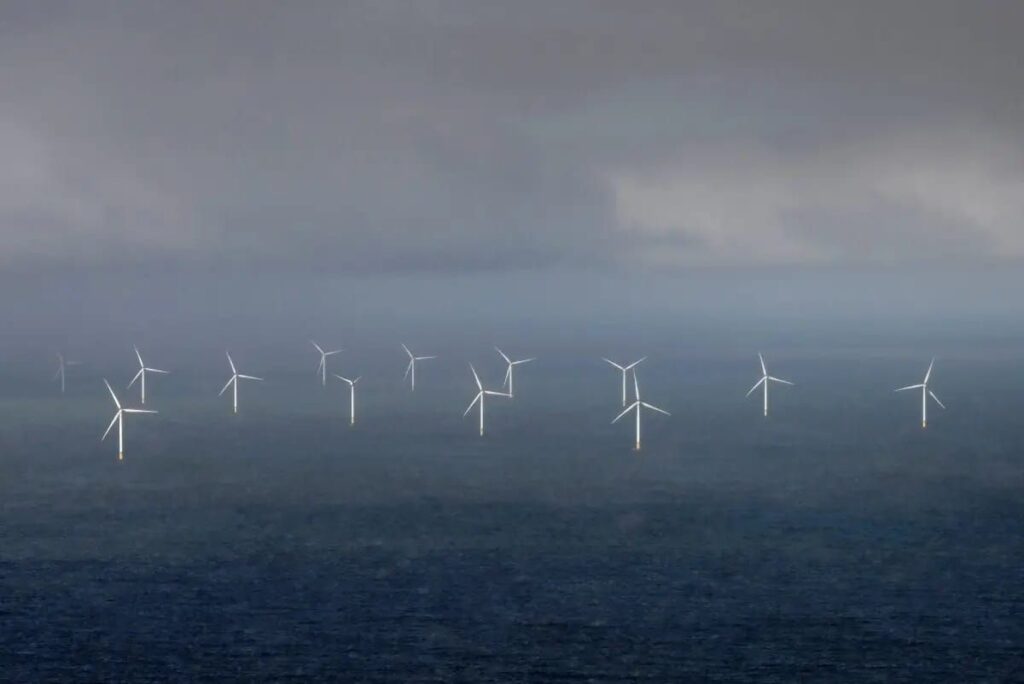
Hidden 300 feet beneath the North Sea lies a geological puzzle that has baffled scientists for years — massive sand mounds where older layers sit atop younger ones, defying the natural order of ocean sediments. Now, researchers believe they’ve cracked the code behind this upside-down world.
The North Sea, known for oil drilling and vast offshore wind farms, still holds many secrets. Using seismic surveys and rock samples, scientists have discovered that these unusual formations, some stretching for kilometres, were created by a rare geological phenomenon.
According to Professor Mads Huuse of The University of Manchester and Jan Rudjord of Aker BP, the dense sand sank into lighter sediment, while the lighter material — composed mainly of tiny marine fossils known as bio-silicious ooze — rose to the top. This “sink-and-float” process occurred between 7 and 4 million years ago, during the Late Miocene and Pliocene epochs.
Some of these formations, dubbed “sinkites” and “floatites,” are among the largest ever recorded. The ooze beneath them likely formed during periods of intense marine life blooms, triggered when nutrient-rich waters from the North Atlantic flowed into the North Sea.
This discovery not only solves a long-standing geological riddle but also reveals a rare glimpse into the ancient environmental shifts that shaped the seabed millions of years ago.
